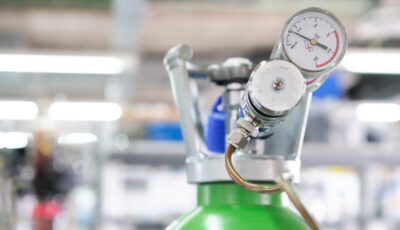How to Dispose of Molecular Sieve
In the United States, molecular sieve can be disposed of in a licensed landfill. The material is normally analyzed to meet the regulations for proper chemical waste management. For safety information, Safety Data Sheets can be found online.
No special precautions need to be taken for the molecular sieve itself, as the zeolite and binder mixture is inert and can be classified as synthetic clay. The only reason for analysis would be the possibility of controlled waste substances (special wastes, hazardous substances, metals, sulfur or nitrogen compounds, etc.) being picked up by the sieve from the process stream. In this case disposal would be predicated by these substances, not the zeolite molecular sieves.
SAFETY NOTICE
While working around used molecular sieve, be aware that the sieve may allow chemical compounds to be desorbed, even after regeneration, when exposed to the open atmosphere, particularly in the presence of high humidity. It is the responsibility of the operator to be aware of the chemicals that may be desorbed in this manner and what hazards or toxins may be encountered.
DISCLAIMER NOTICE
The above information is for general reference and guidance purposes only, Hengye does not accept any responsibility for actions based on the information above. Each reader/operator must consult equipment/operation manuals, the plant engineering/design company, and the plant/equipment builder before performing any work.
Authored By:
Mark Binns
Hengye Inc.
Houston, Texas
info@hengyeinc.com
1-844-308-3271


